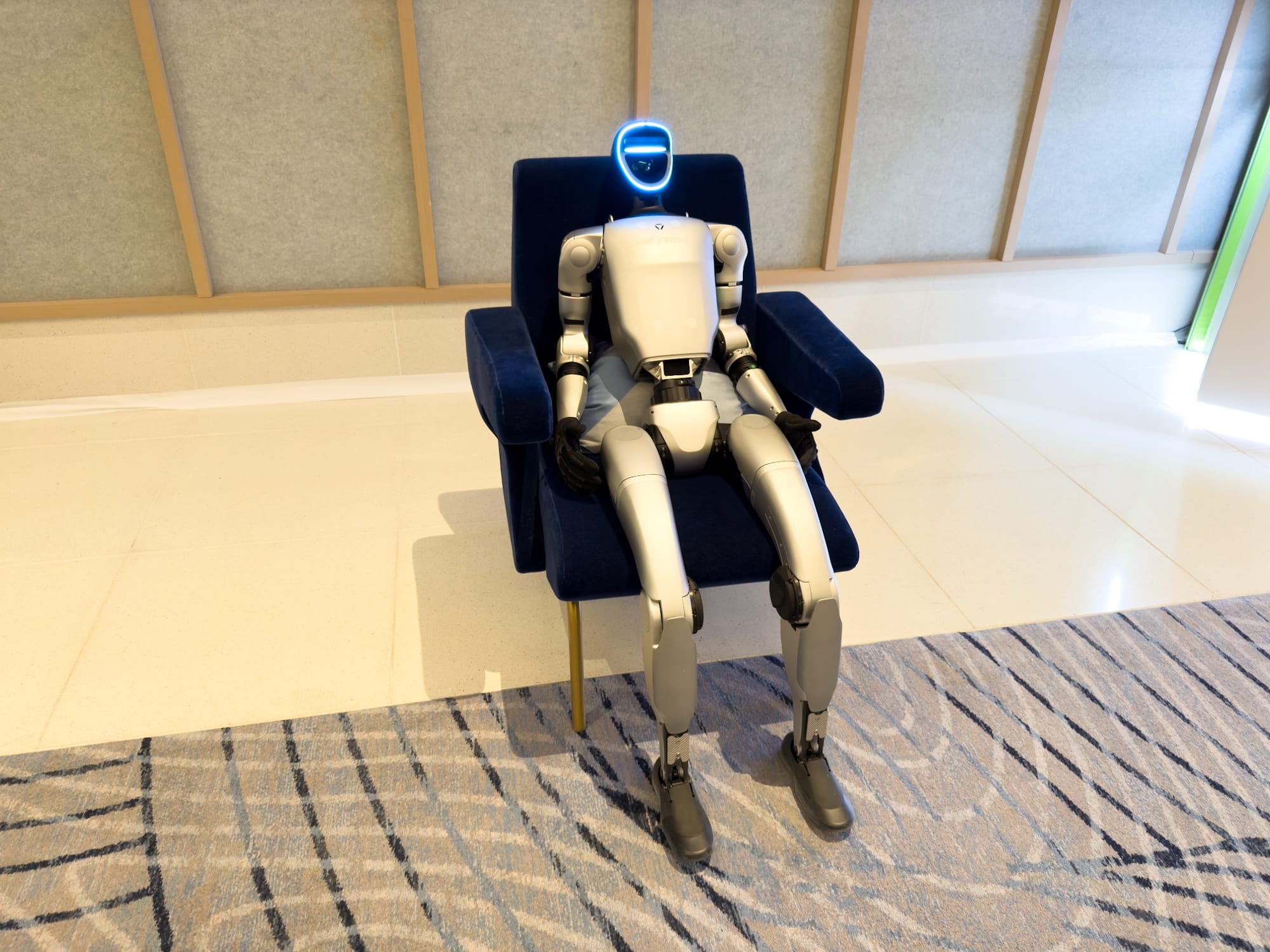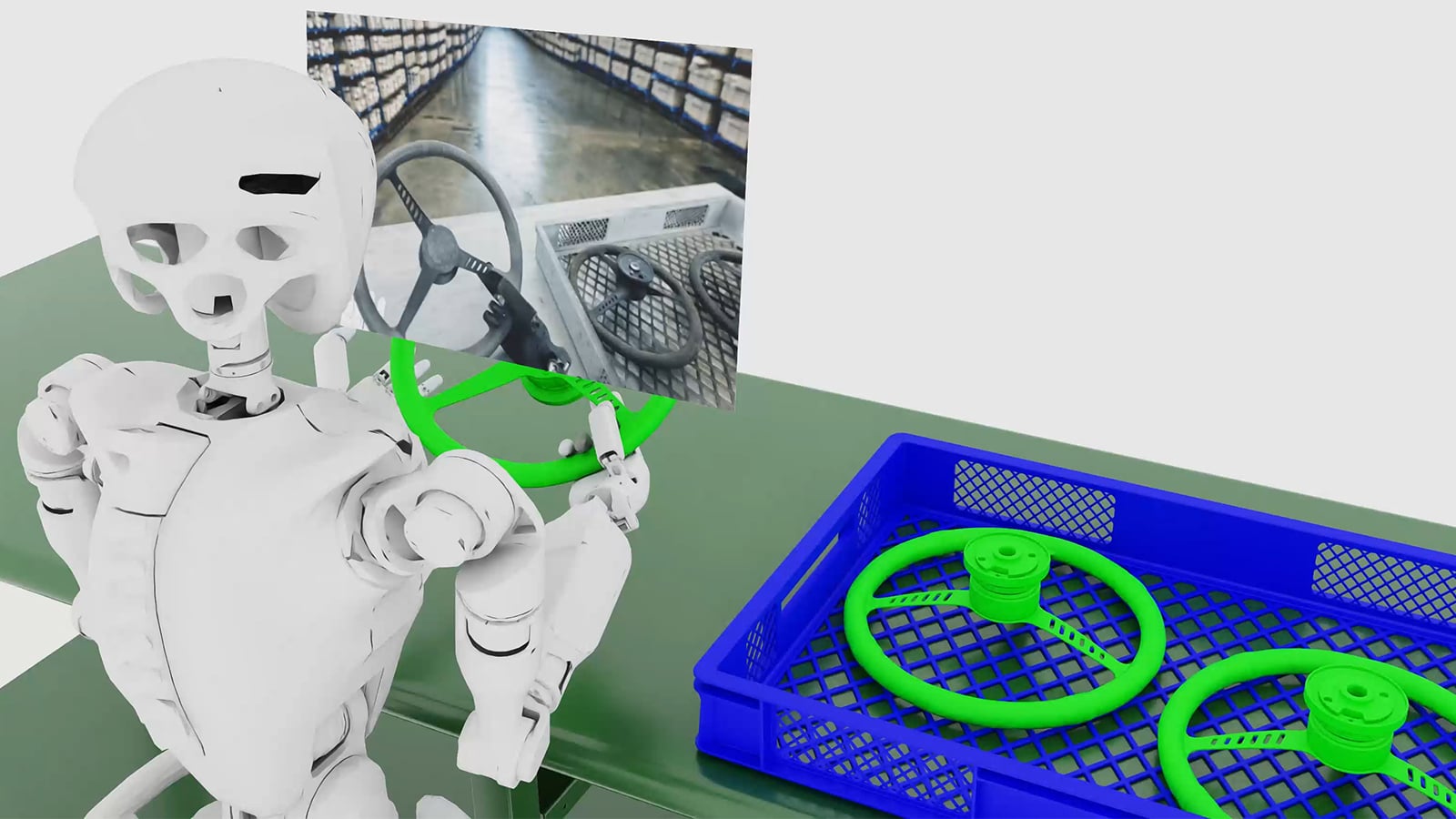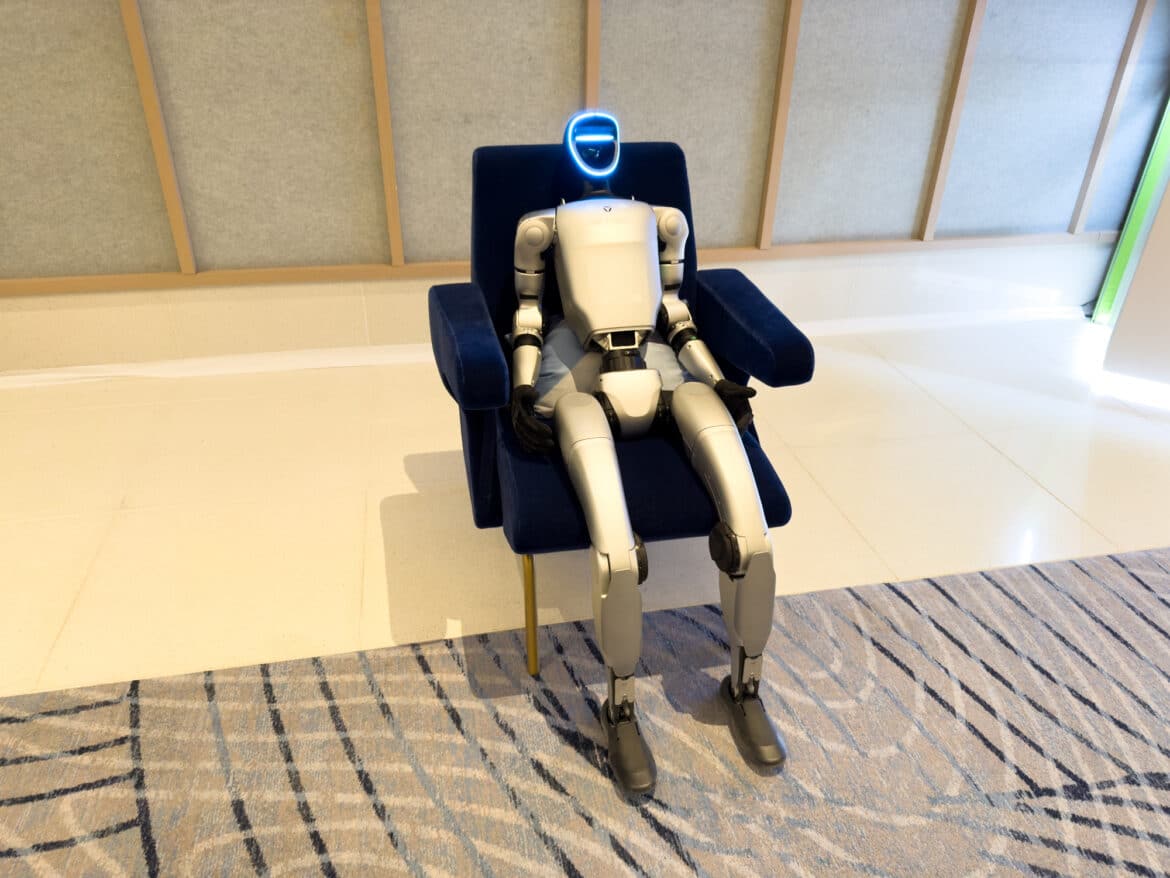NVIDIA introduced a suite of transformative platforms, models, and frameworks that should accelerate the development of robotics, autonomous vehicles, and other emerging physical AI systems.
At CES 2025, NVIDIA unveiled a suite of transformative platforms, models, and frameworks designed to accelerate the development of robotics, autonomous vehicles, and other emerging physical AI systems. Central to these announcements is NVIDIA Cosmos, a platform built to generate physics-based synthetic data for training and evaluating automated machines. Alongside Cosmos, NVIDIA showcased expanded Omniverse capabilities, new enterprise-ready blueprints, and advanced pipelines for building next-generation humanoid robots. These releases aim to streamline how researchers, developers, and enterprises can harness AI for commercial and industrial applications.
 Shaping the Future of Physical AI
Shaping the Future of Physical AI
Physical AI, which encompasses autonomous vehicles, robotics, and potentially any “intelligent” device that interacts with the real world, relies on vast amounts of data to learn how to perceive, move, and make decisions. NVIDIA’s initiative focuses on making these development processes more accessible. By providing open, customizable models and bridging simulated and real environments, NVIDIA hopes to sustain the momentum of AI-driven transformations across transportation, logistics, consumer robotics, and more.
NVIDIA’s Cosmos was highlighted as a comprehensive platform for generative synthetic data targeted at robotics and AV research. At its core are world foundation models (WFMs), which can produce physics-aware video clips and forecast how a scene might evolve based on various factors. Because these WFMs serve as “foundation” networks, developers can fine-tune them for everything from industrial warehouse simulations to real-world driving scenarios with different road and weather conditions. Cosmos also emphasizes trustworthy AI practices by coupling generative capabilities with guardrails and watermarks, mitigating risks such as misinformation and unintentional bias.
Expanding the NVIDIA Omniverse Ecosystem
Another significant announcement revolves around the Omniverse, including new generative AI features, integrated development libraries, and specialized blueprints for designing industrial-grade applications. Using Omniverse Sensor RTX APIs, sensor data simulation in large-scale factory or warehouse environments becomes more efficient. The suite’s emphasis on OpenUSD assets and generative labeling solutions also accelerates the creation of large, physics-accurate 3D worlds. As a result, engineers can rapidly prototype, validate, and iterate complex industrial or robotic workflows in a realistic digital twin before physical deployment.
Blueprints for Industrial Robotics

NVIDIA has also unveiled the “Mega” blueprint for Industrial environments such as manufacturing floors, warehouses, and distribution centers. This reference architecture incorporates Omniverse technologies, AI-based route planning, and real-time sensor feedback. It promises a software-defined approach to physically orchestrating robot and warehouse machinery fleets. Supply chain, retail, and parcel services companies can leverage “Mega” to optimize day-to-day logistics, test new configurations, and integrate rapidly changing hardware without causing disruption or higher costs in real-world settings.
Conclusion
From building large-scale, data-rich simulations to fostering responsible and robust AI models, NVIDIA latest announcements at CES 2025 underscore the company’s unwavering commitment to driving AI forward. The new Cosmos platform and Omniverse expansions present developers, enterprises, and researchers with an integrated path to transform raw data into sophisticated, real-world-ready AI. As these innovations mature, they pave the way for more advanced robotics, autonomous vehicles, and digital twin applications—ultimately shaping a future where AI interacts seamlessly and safely with the physical world.
Engage with StorageReview
Newsletter | YouTube | Podcast iTunes/Spotify | Instagram | Twitter | TikTok | RSS Feed

